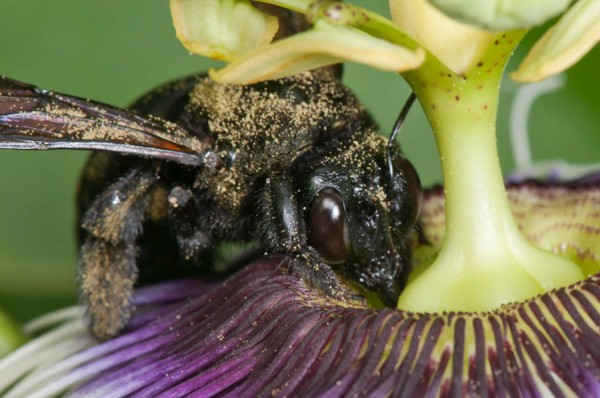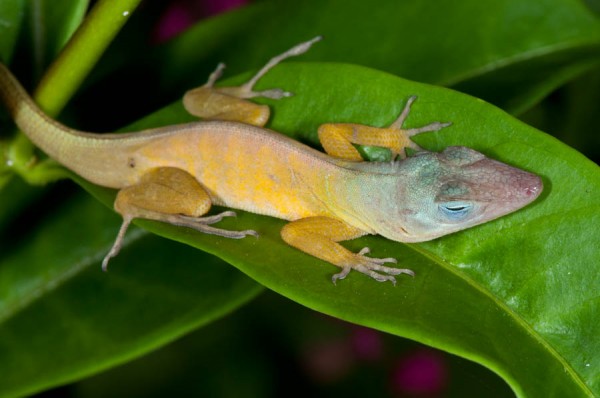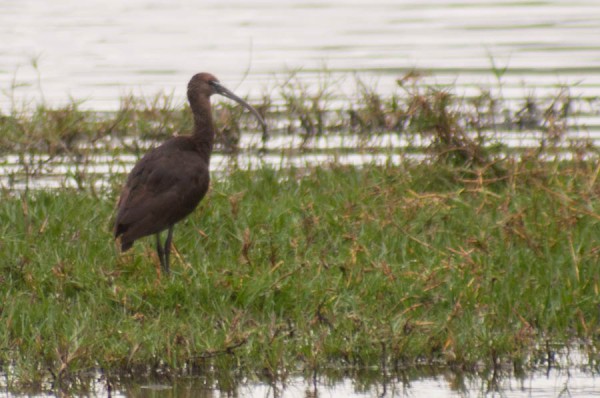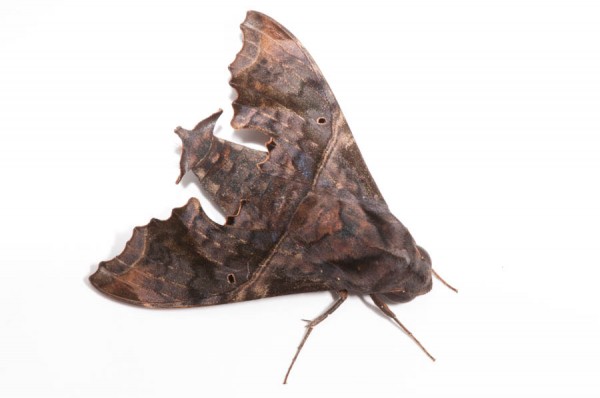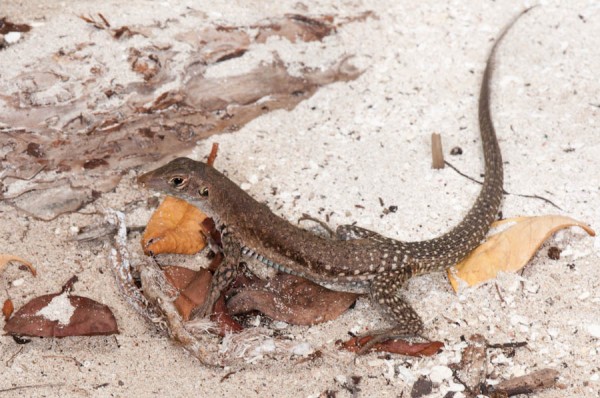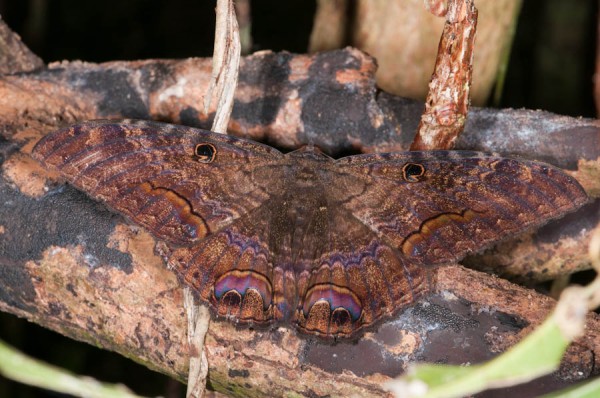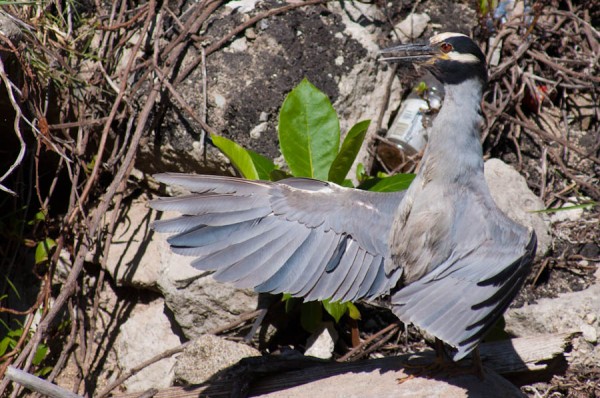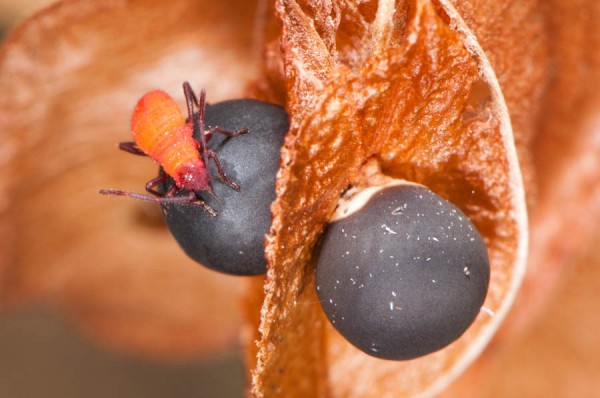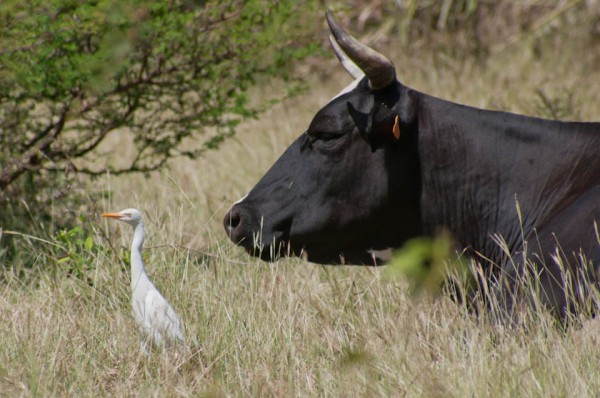Dabbling Duck
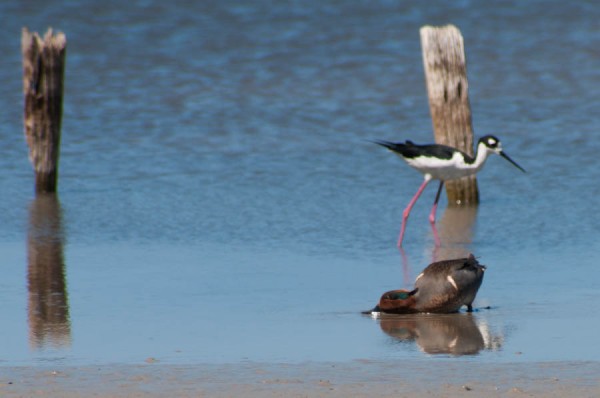
This green-winged teal is dabbling, or skimming food of the surface of the water. Some ducks dabble, others dive down for their food. On St. Martin we have a few of each type. This species prefers to dabble in very shallow water around mud flats. They primarily eat plants and seeds, but will eat small invertebrates on occasion. This species […]

